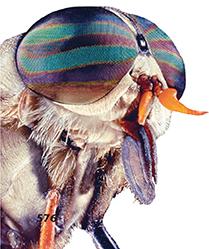Figure 7 Concave lenses can only form virtual images. A When parallel incoming rays strike a concave lens, they are refracted away from one another. B As the light rays diverge after passing through the concave lens, they form a virtual image of the object.
 d
dConcave and Convex Lenses
Lenses are used to change the path of light rays before they enter your eyes. A lens is an object made of transparent material that has one or two curved surfaces that can refract light. The curvature and thickness of a lens affect the way it refracts light.
Concave Lenses
A concave lens is curved inward at the center and is thickest at the outside edges. Figure 7A shows how a concave lens refracts light rays. As the rays pass through the lens, each one is refracted due to the change of medium. The rays enter the lens at different angles and so they emerge from the lens at different angles. Concave lenses cause incoming parallel rays to spread out, or diverge. (Concave lenses are a type of diverging lens.) The diverging rays appear to come from a single point, the focal point, on the same side of the lens as the object.
 Concave lenses always cause light rays to spread out and can only form virtual images. Figure 7B shows how a concave lens forms a virtual image. The image is formed at the point from which the refracted rays appear to come. The image formed by a concave lens is always smaller than the object.
Concave lenses always cause light rays to spread out and can only form virtual images. Figure 7B shows how a concave lens forms a virtual image. The image is formed at the point from which the refracted rays appear to come. The image formed by a concave lens is always smaller than the object.
Concave lenses are often used in the viewfinders of cameras. The small virtual image you see through the viewfinder lens is similar to what the photograph will show. Concave lenses are also combined with mirrors or other lenses to form images in optical instruments such as telescopes.
Convex Lenses
Note how the shape of each of the fly's eyes in Figure 8 resembles the exterior surface of a sphere. A shape like this is known as convex. Figure 9A shows that a convex lens is curved outward at the center and is thinnest at the outer edges. Figure 9A also shows how light is refracted by a convex lens. As the rays pass through the lens, each one is refracted, and they emerge at different angles. Convex lenses cause incoming parallel rays to come together, or converge. (Convex lenses are also called converging lens.) The converging rays meet at a single point, the focal point, on the side of the lens opposite to the object.
Figure 8 A housefly has two large compound eyes. Each eye is made up of thousands of tiny individual eyes called facets. The outer surface of each facet is convex in shape. The eyes give the fly a nearly 360-degree field of view.





